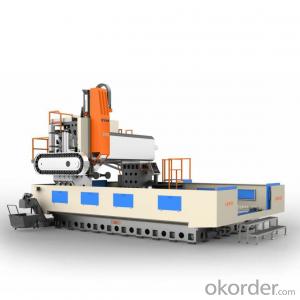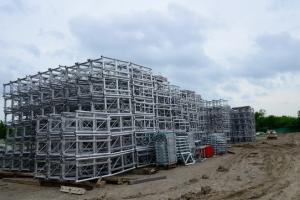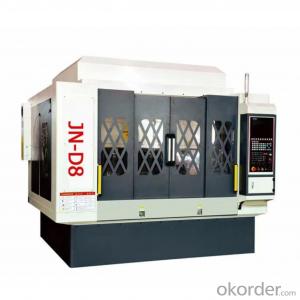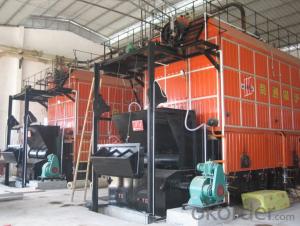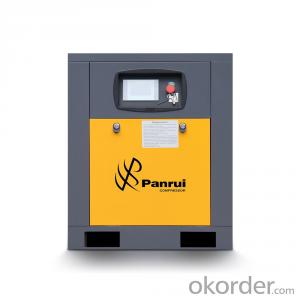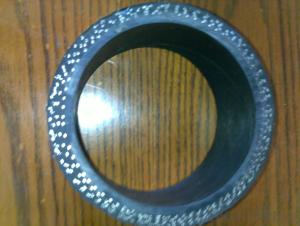Concrete Pump Rubber End Hose with Brunofix Flange
- Loading Port:
- Shanghai
- Payment Terms:
- TT or LC
- Min Order Qty:
- 1 PCS
- Supply Capability:
- 1000 PCS/month
OKorder Service Pledge
OKorder Financial Service
You Might Also Like
Product Description:
1. Specification
DN100*7M CONCRETE PUMP RUBBER HOSE
1.Work Pressure:85~1250(BAR/PSI)
2.Burst Pressure:200 to 2940(BAR/PSI)
3.Working life:20000m³
4.The inside of hose is high abrasion resistant.
5.Integrated hose end and inner wall harden,prolong work life.
2. Application
1.Applacation:delivery concrete
2.Suitable for the various :Schwing, CIFA,PM, Zoomlion ,SANY and so on.
3. Package
Put into containers.
FAQ:
Q1: Why buy Materials & Equipment from OKorder.com?
A1: All products have its ISO certifications, adheres to the highest standards and a commitment to supply chain safety and customer satisfaction.
Q2: How do we guarantee the quality of our products?
A2: We have established an advanced quality management system which conducts strict quality tests at every step, from raw materials to the final product. At the same time, we provide extensive follow-up service assurances as required.
Q3: How soon can we receive the product after purchase?
A3: Within three days of placing an order, we will begin production. The specific shipping date is dependent upon international and government factors, but is typically 10 to 30 workdays.
Q4: If we can produce Concrete Pump Rubber End Hose with Brunofix Flange according to customers request?
A4: Yes, we can produce Concrete Pump Rubber End Hose with Brunofix Flange according to the difference country situations to make it suitable to the market and customers. We have very professional technical team to make the design.
Q5: How to make a quick resolution for after service?
A5: We have overseas branches all-around of world, If needed, the seller shall dispatch 2 engineers to the buyer's site for supervision of training. The buyer shall make available of necessary facilities &skilled personnel at site for training.
Image:

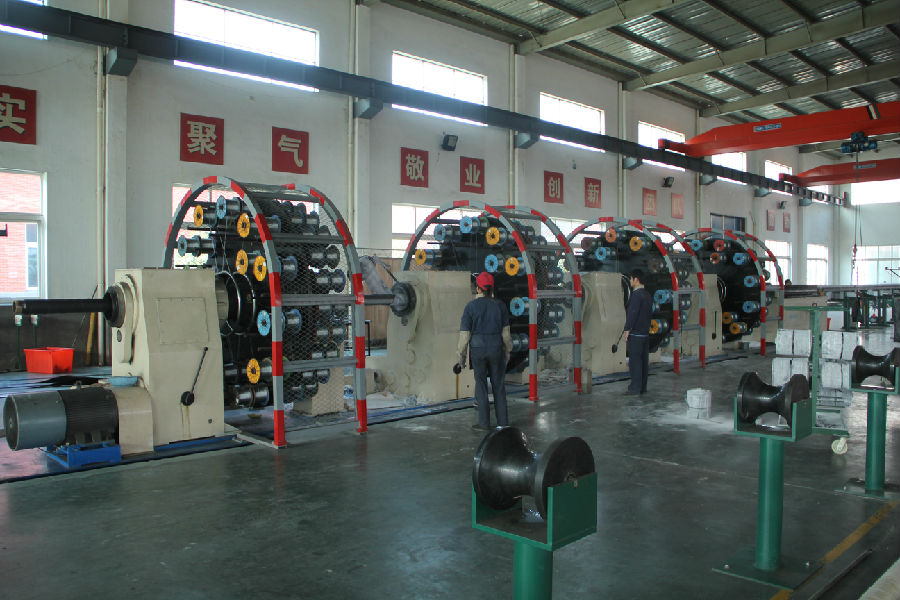
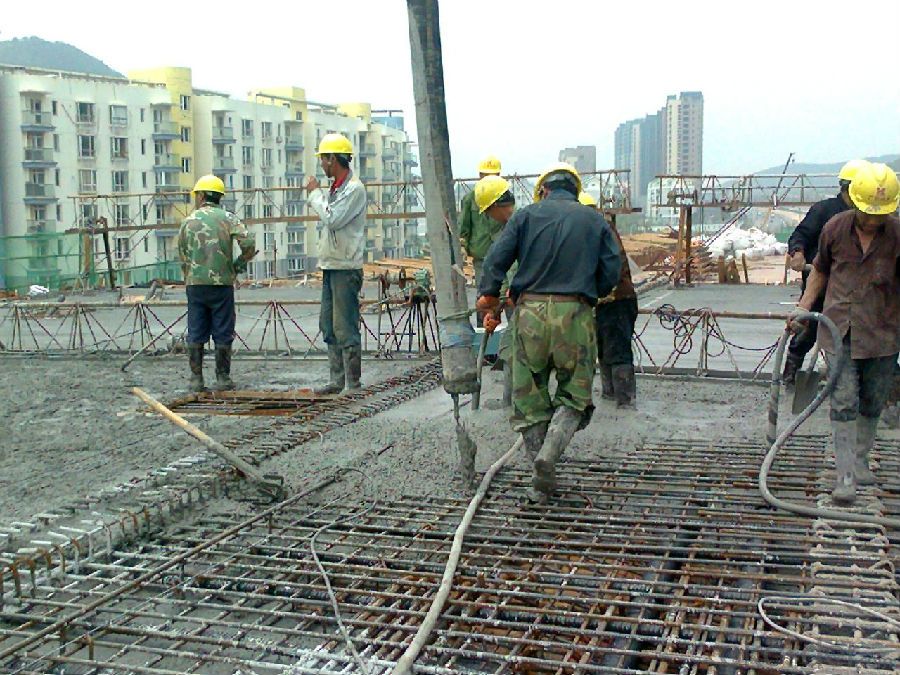
"Asphalt waterproof coiled materials is the traditional waterproof coiled material, low cost, but the tensile strength and elongation rate is low, poor temperature stability, high temperature easy flowing. Low temperature easy to brittle fracture; aging resistance is poor, life is short, belonging to the low-grade waterproofing membrane.
SBS modified asphalt coiled material and asphalt coiled material are two kinds of different materials.
1, conventional linoleum is to base paper for tyre base, oil impregnated asphalt or tar asphalt made of membrane surface, sprinkle the isolation effect of the powder. The general thickness is about 0.7~1.2mm.
2, SBS refers to the use of SBS rubber to join the asphalt, the performance of the asphalt to improve, with polyester felt or fiberglass felt as the base, the surface with polyethylene film or other materials for isolation layer. The general thickness is 3mm\4mm.
3, the performance of the two materials vary greatly, SBS is the universal waterproof material, and felt due to the poor performance, aging fast, has stopped used in waterproofing project.
4, SBS coil is commonly known as a polymer modified asphalt, and other APP, APAO and other modified asphalt.
5, asphalt linoleum is asphalt membrane, asphalt membrane is modified without membrane, usually refers to the linoleum.
6, if that is the asphalt waterproofing membrane, including the change of asphalt and polymer modified membrane of SBS membrane, oxidized asphalt modification and so on."
- Q:What are the different sizes of concrete pump pipes available?
- The sizes of concrete pump pipes available vary depending on the specific needs and requirements of the construction project. Typically, concrete pump pipes come in sizes ranging from 2 inches to 6 inches in diameter. The most commonly used sizes are 2 inches, 3 inches, 4 inches, and 5 inches. The choice of pipe size depends on factors such as the volume and pressure of the concrete being pumped, the distance the concrete needs to travel, and the type of equipment being used. Smaller diameter pipes are suitable for shorter distances and lower volumes of concrete, while larger diameter pipes are used for longer distances and higher volumes. It is important to select the appropriate pipe size to ensure efficient and safe concrete pumping. Using the correct size of pipe helps to minimize pressure loss, maintain a consistent flow rate, and prevent blockages or clogs in the system. Consulting with a concrete pumping professional or engineer is recommended to determine the most suitable pipe size for a specific construction project.
- Q:What are the advantages of using pre-assembled spare parts for concrete pumps?
- There are several advantages of using pre-assembled spare parts for concrete pumps. Firstly, pre-assembled spare parts ensure a quick and efficient replacement process. Since these parts are already assembled, they can be easily installed without any additional time or effort required for assembly. This helps to minimize downtime and maximize productivity on construction sites, as the concrete pump can be quickly repaired and put back into operation. Secondly, using pre-assembled spare parts guarantees a high level of quality and compatibility. These parts are manufactured by the original equipment manufacturer (OEM) or authorized suppliers, ensuring that they meet the required standards and specifications. By using genuine pre-assembled parts, the performance and longevity of the concrete pump are maintained, reducing the risk of malfunctions or breakdowns. Another advantage is the cost-effectiveness of pre-assembled spare parts. While the initial cost of these parts may be slightly higher than individual components, they often prove to be more cost-effective in the long run. By purchasing pre-assembled parts, construction companies can avoid the additional costs associated with assembly, such as labor and time. Additionally, using high-quality pre-assembled parts reduces the need for frequent replacements and repairs, saving money on maintenance and downtime expenses. Furthermore, pre-assembled spare parts offer convenience and reliability. Construction projects often have tight deadlines, and any delays can be costly. By having pre-assembled spare parts readily available, construction teams can quickly respond to any breakdowns or failures, minimizing disruptions to the project timeline. Additionally, the reliability of these parts ensures that the concrete pump will operate consistently and efficiently, reducing the risk of unexpected issues on the construction site. In conclusion, the advantages of using pre-assembled spare parts for concrete pumps include quick and efficient replacement, high quality and compatibility, cost-effectiveness, and convenience and reliability. By adopting these pre-assembled parts, construction companies can ensure smooth operations, minimize downtime, and maximize productivity on their projects.
- Q:What are the different types of concrete pump hopper agitator motors?
- There are generally two types of concrete pump hopper agitator motors: electric motors and hydraulic motors. Electric motors are powered by electricity and are commonly used in smaller and portable concrete pumps. Hydraulic motors, on the other hand, are driven by hydraulic power generated by the concrete pump itself and are typically used in larger and stationary concrete pumps.
- Q:How can a faulty gearbox affect the pump's performance?
- A faulty gearbox can negatively affect the pump's performance by causing issues such as uneven rotation, decreased efficiency, increased noise, and possible breakdowns.
- Q:What is the function of a concrete pump remote control?
- The concrete pump remote control is a tool that enables the operation and control of a concrete pump from a distance. It grants the operator the ability to manipulate various aspects of the pump's functioning, including initiating and terminating the pumping process, adjusting the pump's speed and direction, and governing the placement and flow of the concrete. Through its capacity for remote control, it eliminates the necessity for the operator to be in close physical proximity to the pump, thereby enabling a safer and more efficient operation. Furthermore, the remote control frequently incorporates additional features, such as emergency stop buttons, diagnostics, and data logging capabilities, which further augment the functionality and dependability of the concrete pump. In summary, the concrete pump remote control serves to provide convenience, accuracy, and safety in the operation of concrete pumping equipment.
- Q:What are the fittings of concrete pump?
- Hydraulic oil, eye plates, cutting rings (when the equipment reaches 5000 or more sides can be prepared) and so on
- Q:Can concrete pump spare parts be coated with anti-corrosion or anti-wear coatings?
- Yes, concrete pump spare parts can be coated with anti-corrosion or anti-wear coatings. These coatings provide an additional layer of protection to the spare parts, helping to prevent corrosion and wear caused by the harsh operating conditions and abrasive materials encountered in concrete pumping. The coatings are typically made from materials such as epoxy, polyurethane, or ceramic, which have excellent resistance to corrosion and wear. The application of these coatings can significantly extend the lifespan of concrete pump spare parts, reducing the need for frequent replacements and resulting in cost savings for operators. Additionally, the anti-corrosion and anti-wear coatings can improve the overall performance and efficiency of the concrete pump, ensuring smooth and reliable operation.
- Q:How do I identify the specific spare parts I need for my concrete pump?
- To identify the specific spare parts you need for your concrete pump, start by referring to the user manual or documentation provided by the manufacturer. This will often include a detailed parts list and diagrams that can help you identify the required components. If you don't have access to the manual, contact the manufacturer or a reputable supplier of concrete pump parts and provide them with the make, model, and serial number of your pump. They should be able to assist you in identifying the specific spare parts you need.
- Q:Are there any specific safety considerations when using concrete pump spare parts?
- Yes, there are specific safety considerations when using concrete pump spare parts. It is essential to ensure that the spare parts are compatible with the concrete pump and installed correctly to prevent any potential hazards. Regular inspections and maintenance of the spare parts are also crucial to ensure their safe and efficient operation. Additionally, following proper safety protocols, such as wearing appropriate personal protective equipment and adhering to manufacturer guidelines, is necessary to minimize the risk of accidents and injuries.
- Q:How do I properly maintain and replace hydraulic cylinders in concrete pump spare parts?
- Proper maintenance and replacement of hydraulic cylinders in concrete pump spare parts is crucial for ensuring the smooth functioning and longevity of your equipment. Here are some steps to help you with this process: 1. Regular Inspection: Conduct regular inspections of the hydraulic cylinders to check for any signs of wear, leaks, or damage. Look for any fluid leakage, rust, or dents in the cylinder body or rod. Inspect the seals, piston, and rod for any signs of wear or damage. 2. Cleanliness: Keep the hydraulic cylinders and their components clean. Dirt and debris can cause damage and reduce the efficiency of the system. Regularly wipe down the cylinders and ensure that there is no build-up of dirt or debris. 3. Lubrication: Proper lubrication is essential for the smooth operation of hydraulic cylinders. Follow the manufacturer's recommendations for lubrication intervals and use the appropriate lubricants. Make sure to apply the lubricant to all moving parts, seals, and fittings. 4. Fluid Checks: Check the hydraulic fluid regularly to ensure that it is at the correct level and is free from contaminants. If the fluid appears dirty or contaminated, it should be replaced. Additionally, check the hydraulic filter and replace it if necessary. 5. Seals and O-rings: Inspect the seals and O-rings in the hydraulic cylinders for any signs of wear or damage. Replace them if necessary to prevent leaks and maintain optimal performance. 6. Replacing Hydraulic Cylinders: When replacing hydraulic cylinders, it is important to follow the manufacturer's instructions and guidelines. Ensure that you have the correct replacement cylinder for your specific model and application. Properly align the cylinder during installation and tighten all bolts and connections to the recommended torque specifications. 7. Testing: After replacing hydraulic cylinders, test the system for any leaks or abnormal operation. Check for smooth and consistent movement of the cylinder and ensure that there are no fluid leaks or unusual noises. 8. Professional Assistance: If you are unsure about any aspect of maintaining or replacing hydraulic cylinders, it is recommended to seek the assistance of a professional. They will have the expertise and experience to ensure that the job is done correctly and safely. By following these steps and maintaining a regular maintenance schedule, you can ensure the proper functioning and longevity of hydraulic cylinders in your concrete pump spare parts.
1. Manufacturer Overview |
|
|---|---|
| Location | |
| Year Established | |
| Annual Output Value | |
| Main Markets | |
| Company Certifications | |
2. Manufacturer Certificates |
|
|---|---|
| a) Certification Name | |
| Range | |
| Reference | |
| Validity Period | |
3. Manufacturer Capability |
|
|---|---|
| a)Trade Capacity | |
| Nearest Port | |
| Export Percentage | |
| No.of Employees in Trade Department | |
| Language Spoken: | |
| b)Factory Information | |
| Factory Size: | |
| No. of Production Lines | |
| Contract Manufacturing | |
| Product Price Range | |
Send your message to us
Concrete Pump Rubber End Hose with Brunofix Flange
- Loading Port:
- Shanghai
- Payment Terms:
- TT or LC
- Min Order Qty:
- 1 PCS
- Supply Capability:
- 1000 PCS/month
OKorder Service Pledge
OKorder Financial Service
Similar products
New products
Hot products
Related keywords


















